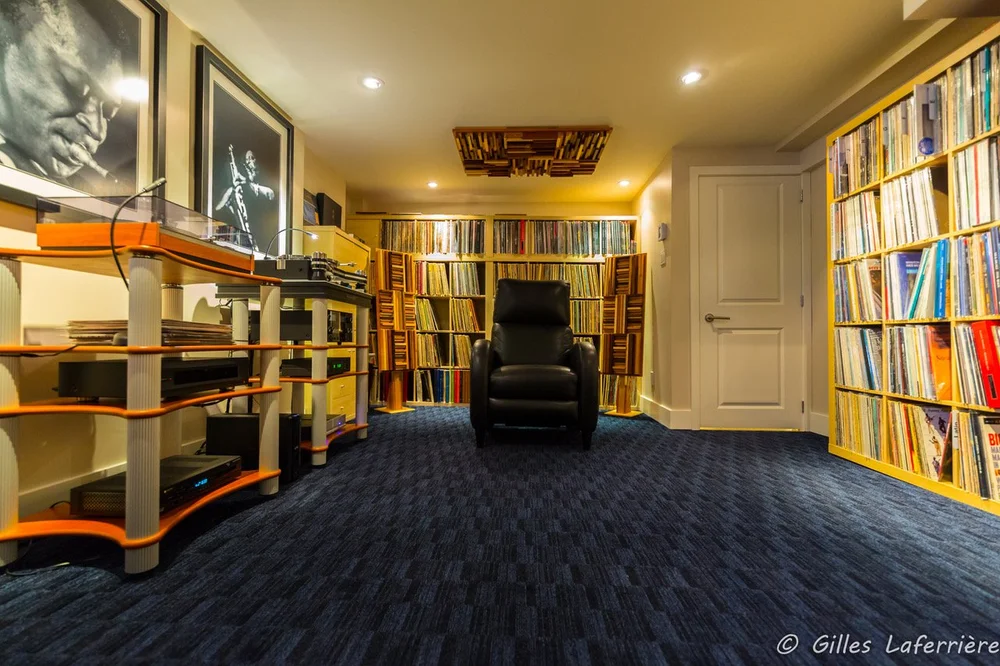
Read the first part of “Putting an end to the audio cable debate!” here.
In part 1 of this series I told you about my anti high-end wiring period, during which I systematically refused to compare one cable to another. According to my technical knowledge, audiophile cabling, as a concept, didn’t make sense.
Simple copper wire, of sufficient gauge, would provide the same sound quality as premium-priced speaker cable. It all came down to resistance, capacitance, and inductance.
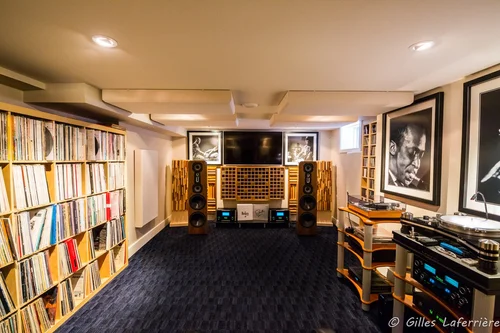
Same for interconnects, with the proviso that the shielding was of good enough quality if the cable was single ended (RCA). For balanced interconnects (XLR), shielding wasn’t important because those cables are designed to reject interference. A simple microphone cable would deliver the same sound quality as one of those costly esoteric ones.
To connect a phono cartridge to a preamplifier, the characteristics needed of a cable to transfer the tiny music signal were low capacitance and resistance, and excellent shielding in the case of an RCA connector.
One day, out of intellectual curiosity, and because so many audio enthusiasts claimed to hear differences between cables, I decided to do a test. I bought, from Canadian manufacturer Audio Sensibility, a $900 phono cable made of OCC (Ohno Continuous Cast) silver conductors.
At the time, I had an audio system that was installed in a listening room with excellent acoustics and isolated ground circuits. The system consisted of a VPI HRX turntable fitted with a 12” JMW unipivot tonearm and a Soundsmith Zephyr MKII cartridge, a Thorens TD-125 MKII turntable with a Shure V15 Type V-MR cartridge, a Simaudio Moon 310LP phono preamplifier with its external 320S power supply, an Oppo BDP-105 universal player, a McIntosh C2200 preamplifier, two McIntosh MC501 monoblock amplifiers, and a pair of Legacy Audio Focus SE speakers. Every item was bought used, except for the TD-125 turntable I’d bought new when I was 16 and which was part of my system that I considered, at the time, “The Best System in the World!”.
The cables throughout this system reflected how little I cared about high-end cabling; I used only stock power cords, interconnects that cost $15 a pop, and homemade speaker cables built with #10 gauge wiring. Only the phono cable, included in the purchase of my VPI HRX turntable and valued at about $350, was more specialty oriented. And it’s precisely this cable that I’d decided to replace.
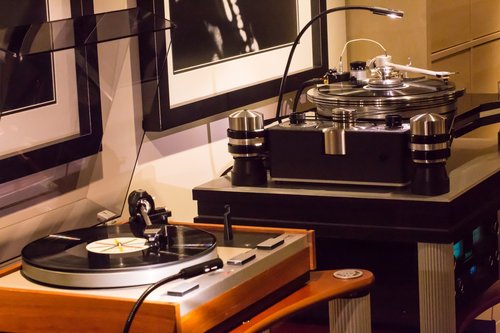
So why such basic cabling with an audio setup of this quality? Because besides my certainty, at the time, that high-end audio cables offered no benefits, my rational mind told me, and still does, that paramount to what we hear from our systems are the acoustics of the listening room. So, what would be the point of trying to extract better performance from the components if the room’s acoustics were poor? One could never reach the full potential of one’s audio system if the room which the system was interacting with was riddled with flaws.
I installed my new phono cable, expecting nothing, only to become totally stunned by the sound brought about by this change in wiring. A new world had opened up before my eyes and ears, filled with new detail—clearer, more accurate timbres, tangible space between instruments, a vast soundstage, more bass authority, silky, infinite highs. I couldn’t believe that my system could sound this good.
I kicked myself for not having experimented with audio cables sooner.
Cue the objectivists: “Placebo effect! Wishful thinking!
You didn’t do a blind listening test. Where’s the scientific proof? A cable can’t improve the sound. All it does is pass the signal from point A to point B. If high-end cabling was so wonderful, studios would use it, but they don’t. So if you think you can improve on the sound of the recording with your snake-oil cable, you’re delusional. I’ve done tests at home between cables and heard no difference. Oh, wait; big man here has a Golden Ear and can hear things I can’t!”
Do I have a Golden Ear? In 1971, at the age of 13, I took part in a hearing contest that got me accepted into my high school’s first music-studies program. Of the nearly 300 students who took part in the contest, I came in first.
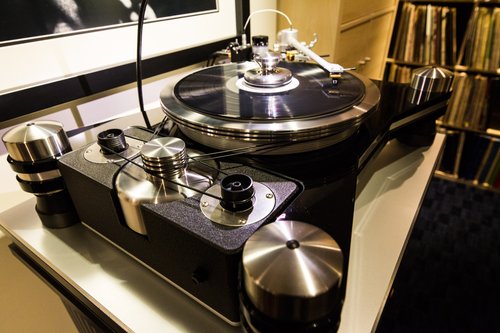
But that was then. Now that I’m over the age of 60, the result of that contest doesn’t mean anything. So, no, I wouldn’t say I have a Golden Ear. But my hearing is still very good.
Did I convince myself that the new phono cable was an improvement over the old one to somehow justify the crazy amount I spent on it? Totally the opposite. I didn’t want to hear a difference—I didn’t want to be wrong—and, considering my income, $900 was not a crazy expense for me.
Fact is, I heard a noticeable difference, not just because of the cable change, but because certain elements that make it possible to achieve this level of performance were already in place. What elements?
The most important are the quality of the listening room’s acoustics and the positioning of the speakers. I can’t say it often enough. Audio enthusiasts are generally obsessed with the material aspect of our hobby. They’re like big kids who can’t get enough of their new toys. I’m no exception. But too often hobbyists buy and resell components and pass judgment on their sound without taking into consideration the acoustic environment in which they listen to those products. Often, that acoustic environment is far from optimal, a situation exacerbated by speakers that are not optimally positioned, causing such sound-warping effects as temporal inconsistencies and low frequency cancellation. No matter how much money they spend on gear, these hobbyists will never reach the full potential of their systems.
Then there’s the A/C power, which must be stable and free of parasitic noise. For best sound, the system needs to be connected to a dedicated ground circuit. Sure, power circuits and transformers in equipment are designed to filter and stabilize the current, but bad A/C power can still muck things up. A car’s suspension is made to cushion the imperfections of the road, but if the road’s too bumpy, the passenger will feel its effects.
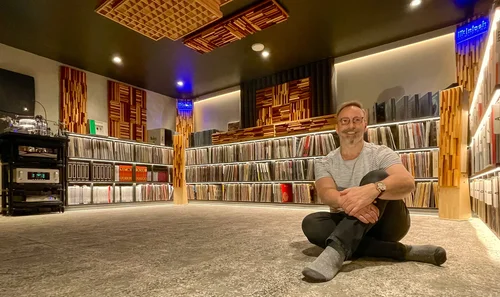
The quality of the sound system is directly related to our ability to discern the improvements that a certain audio cable can bring. There’s no point buying a $1000 cable for a $3000 system. It’s a bad investment. A $3000 system can’t reveal all the musical subtleties that a high-end cable can over a standard one. I’ll come back to this aspect in Part 3 of this series.
It might be good to remind ourselves that hearing is a sense, just like sight, taste, smell or touch. The human ear can distinguish up to 400,000 different sounds. Some of us will be able to distinguish more of them than others, others less of them. Opinions or impressions about the sound of something will always vary from person to person, whether that person is a musician, sound engineer, or audiophile. So why should any of us pretend we know best?
Whether we believe in the virtues of high-end cables or not, I think a little open-mindedness on what an individual can and cannot hear is in order.
Failing that, why not debate the quality of wines and perform blind tasting tests? I’m convinced the average wine lover would not be able to tell the difference between a $7000 to $40,000 bottle of Domaine de la Romanee-Conti Montrachet Grand Cru Côte de Beaune and a $36 Domaine Chevalier Côte de Nuits Villages.
In fact, I’d be willing to wager that 50% of oenophiles would probably prefer Domaine Chevalier. What’s my point? This: I’ve never seen wine drinkers take a scientific approach to determining if a wine is actually superior to another or whether charging $40,000 for a bottle is justified. Did that $40,000 bottle really cost that much to make? Is it snake oil?
I invite you to open your mind and continue our journey in the land of high-end cables in Part 3 of this series, soon to be published.


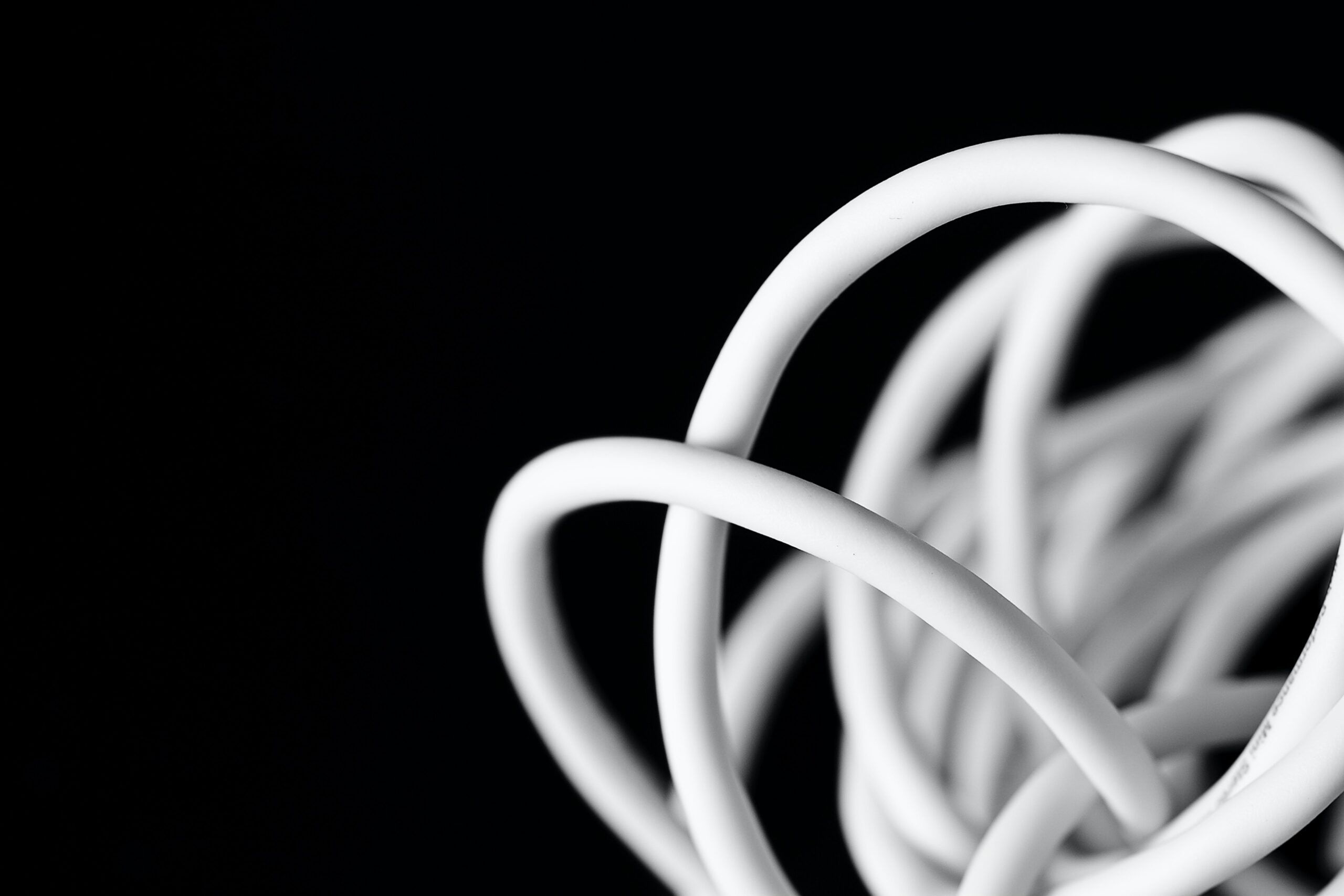







Leave a Reply